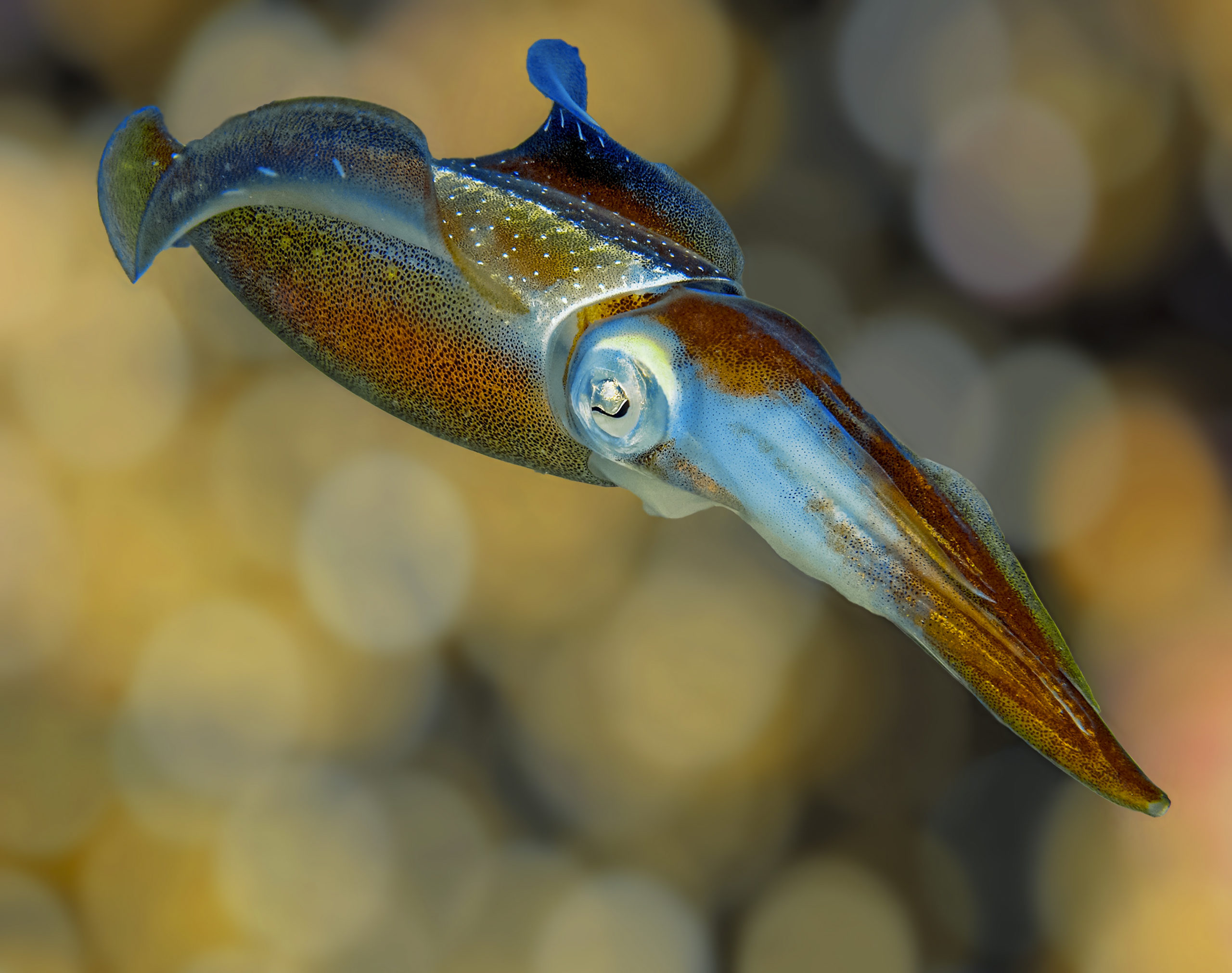We use affiliate links to run our site. When you buy through links on our site, we may earn an affiliate commission, without any added cost to you. Learn more
Squids are fascinating creatures that have captured the imagination of humans for centuries. These mysterious creatures are known for their intelligence, agility, and ability to change colors to match their surroundings. But how do they reproduce?
If you’re curious about the intricate process of squid reproduction, you’ve come to the right place. In this article, we will take a deep dive into the world of squid reproduction, exploring everything from the reproductive anatomy of squids to the different mating strategies employed by these remarkable creatures.
So, buckle up and get ready to learn about one of the most captivating aspects of squid biology!
Squid Reproduction Process
There is so much confusion about how a squid reproduces. Do they reproduce sexually or asexually? This may be because until recently not much research has been done on this subject.
In the recent past, scientists have put more attention to the subject of squid reproduction and found out that it’s actually quite amazing.
How Does A Squid Reproduce:
Squids reproduce sexually. The male squid has a long, slender appendage called a hectocotylus, which is used to transfer sperm to the female.
The female squid has a specialized organ called a spermatophore, which stores the sperm. When the male and female squid mate, the male squid inserts the hectocotylus into the female’s spermatophore. The sperm then fertilizes the eggs inside the female’s body.
Difference Between A Male And A Female Squid?
It is actually very hard to tell a male from a female squid. But if you can slit the body open, you will find a difference in internal organs.
Female squids have yellow-brown-to-orange oviducts and ovaries. In young adult females, the white nidamental gland is present.
How Do Squids Get Pregnant?
Before mating, some species of squids swim a lot of distance. The male squids are very aggressive in finding a female.
The female squids initially swim in circles. The male squids attract females by changing colors. Once a female selects her potential mate they start swimming in pairs. After some time mating takes place.
During mating male squids penetrate the mantle of female squids with the specialized arm. In those arms packets of sperm are stored.
The sperm then fertilizes the eggs inside the female’s body.
After the eggs are fertilized, the female squid lays them in a gelatinous mass. The eggs will hatch into small squid, called paralarvae, after a few weeks. The paralarvae will then go through a series of changes as they grow and mature.
Squids typically live for one to two years. They are an important part of the marine ecosystem, as they are a food source for many other animals, such as fish, seals, and whales.
What Does Squid Eat? Squid’s Food and Eating Process in Detail
How Many Eggs Does Squid Have?
A single female squid can lay thousands of eggs. For some species, the number can be as large as 70 thousand. The eggs are very small in size. The actual size of the eggs differs from species to species.
Though the squids lay a lot of eggs, most of the eggs don’t result in offspring. Most of the squid eggs are eaten by predators.
Where Do Squids Lay Eggs?
After the mating, female squids lay eggs inside an egg sac. The sac is then anchored to the seafloor. As the squids usually spawn in groups, one egg sac is generally attached to many other sacs from other squids. This whole structure at the seafloor looks like a flower.
After laying eggs a female squid will hide the eggs under rocks and other holes on the seafloor. It takes 8 weeks for squid eggs to hatch into offspring.
One of the most abundant species of squids in the Pacific and Atlantic Oceans, Gonatus onyx spend most of their lives in shallow waters but to lay eggs they go deep into the sea.
Squids don’t live very long. Most males and females mate only once in their lives. The male squids die after mating and the female squids die shortly after releasing their eggs. Some species of squids, they are able to mate for the second time in their whole lifespan.
Final Thoughts:
In conclusion, learning about the reproductive process of squids has been an exciting and informative journey. From their unique mating rituals to their remarkable ability to lay thousands of eggs, these fascinating creatures continue to amaze us with their reproductive strategies.
We hope this article has helped you gain a better understanding of how squids reproduce. If you enjoyed this post, we encourage you to share it with your friends and family who might also find it interesting.
If you want to learn more about marine biology or other related topics, be sure to explore our website for more informative articles. We strive to provide high-quality content that is both engaging and educational.
Finally, we encourage you to take action to support the conservation of our oceans and the many species that call them home. By making small changes in our daily lives, we can all play a part in protecting these incredible creatures and their habitats for future generations to enjoy.
Amazon and the Amazon logo are trademarks of Amazon.com, Inc, or its affiliates.
